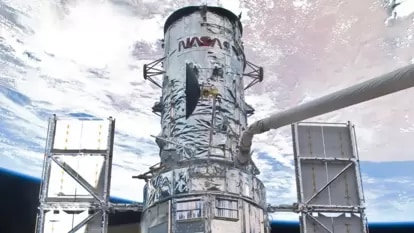NASA Sounds Alarm! Earth's Close Encounter with Massive 99-foot asteroid soon
A 99 feet wide asteroid could make its close approach towards Earth soon! NASA has revealed the asteroid’s key details such as its speed, distance, trajectory and more.
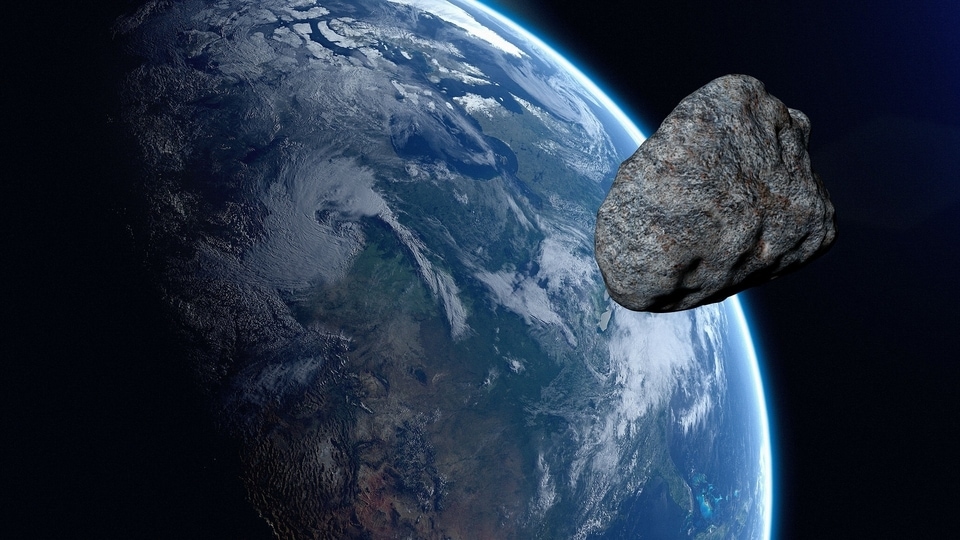
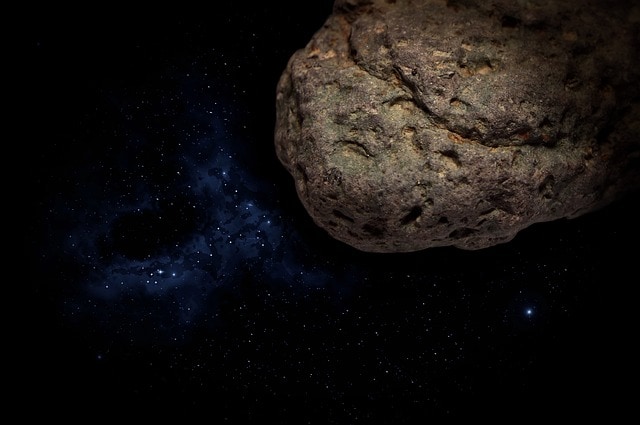
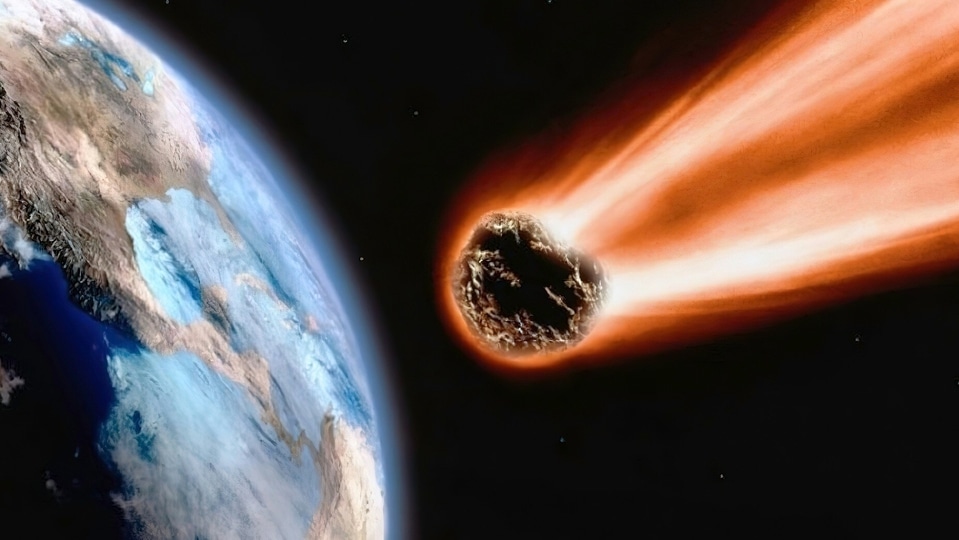
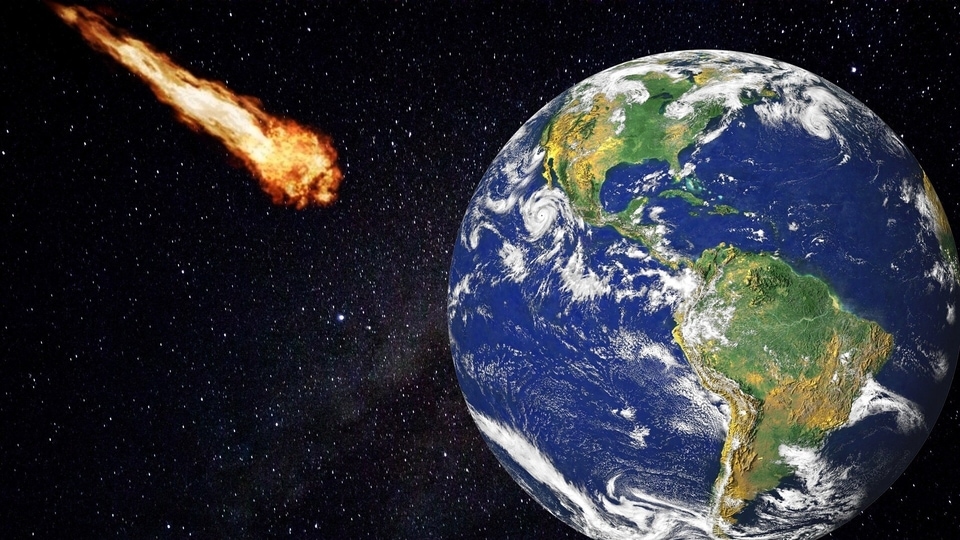
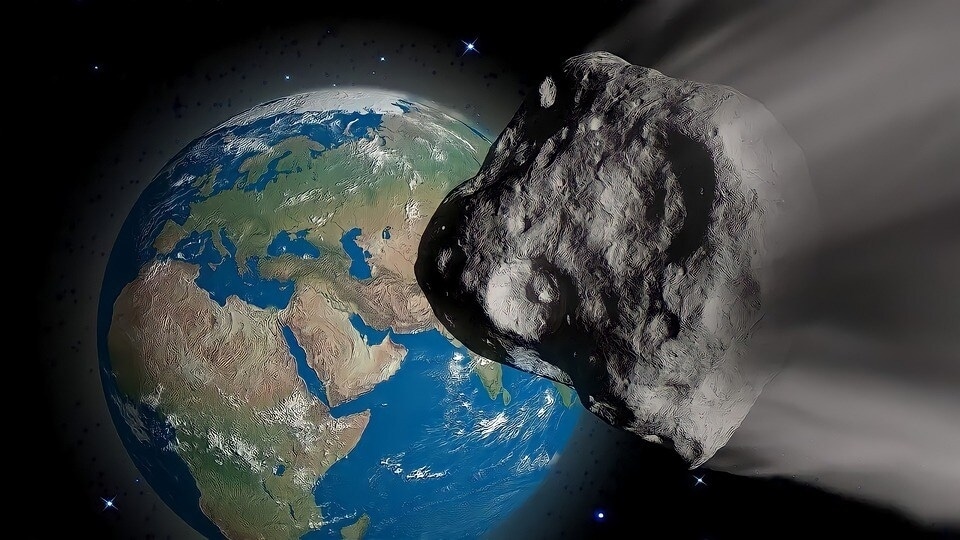
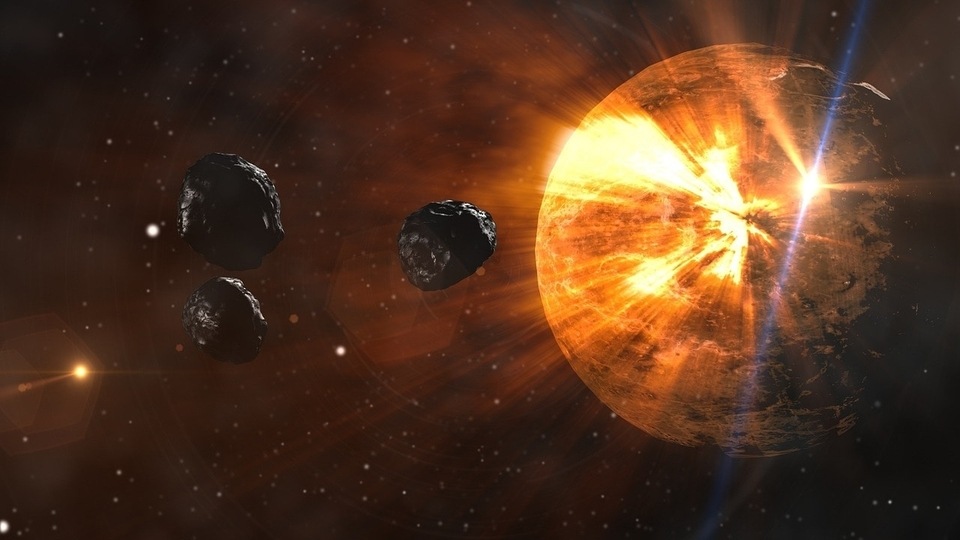
 View all Images
View all ImagesAsteroids are regarded as some of the most substantial hazards to humanity throughout the universe. These celestial bodies are distributed throughout our solar system and range in size from minuscule to enormous. Even though the largest asteroid in the solar system, called Ceres, is almost 939 kilometers (about twice the length of New York State) wide, a much smaller asteroid could cause significant destruction and potentially lead to human extinction. The asteroid that wiped out the dinosaurs was only 10 kilometers in size.
Recently, NASA has reported that another asteroid is rapidly approaching Earth, and while it is not expected to cause global destruction, it will come very close to our planet.
Asteroid 2023 CG1 details
According to the warning issued by NASA, an asteroid called Asteroid 2023 CG1 is currently heading towards Earth and is anticipated to pass closely by the planet tomorrow, February 25th. NASA has approximated the asteroid to be 99 feet wide, similar in size to an airplane. The asteroid is already en route, hurtling towards Earth at a rapid speed of 23331 kilometers per hour. The asteroid's closest approach to Earth will occur at a distance of 5.8 million kilometers.
According to NASA, Asteroid 2023 CG1 belongs to the Apollo group of asteroids which are a group of near-Earth asteroids named after the humongous 1862 Apollo asteroid, discovered by German astronomer Karl Reinmuth in the 1930s.
NASA technology to study asteroids
NASA not only uses its space telescopes and observatories like the NEOWISE to observe and study distant asteroids, but also a variety of ground-based telescopes such as the Atacama Large Millimeter/submillimeter Array (ALMA) located in the Antofagasta Region of the Atacama Desert in Chile.
NASA also has a new impact monitoring system in place which uses an algorithm called Sentry-II to calculate the impact risk of Near-Earth Objects. NASA can track the orbital path of the asteroid using this infrared data and can even predict its orbit years into the future.
Catch all the Latest Tech News, Mobile News, Laptop News, Gaming news, Wearables News , How To News, also keep up with us on Whatsapp channel,Twitter, Facebook, Google News, and Instagram. For our latest videos, subscribe to our YouTube channel.





